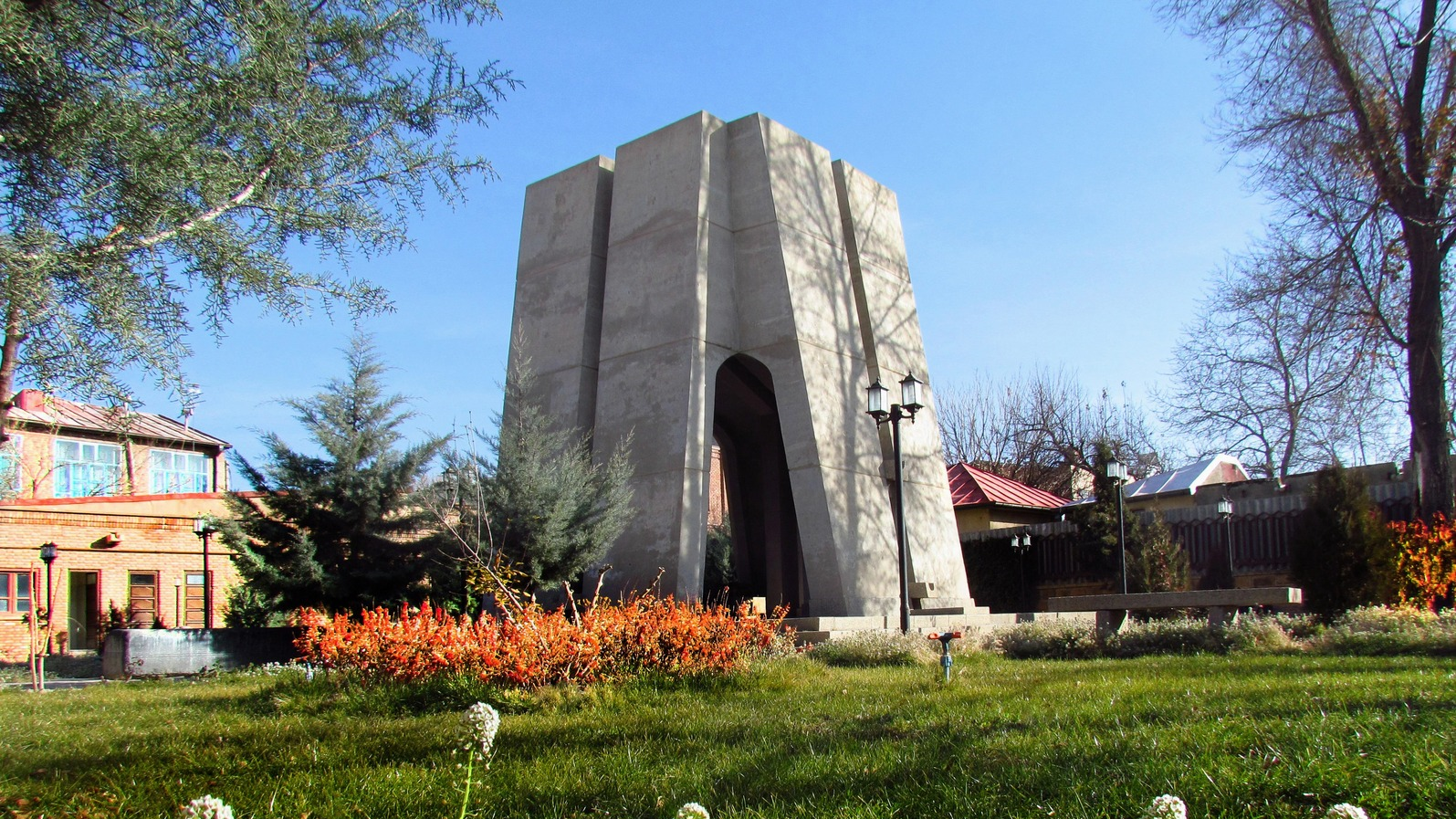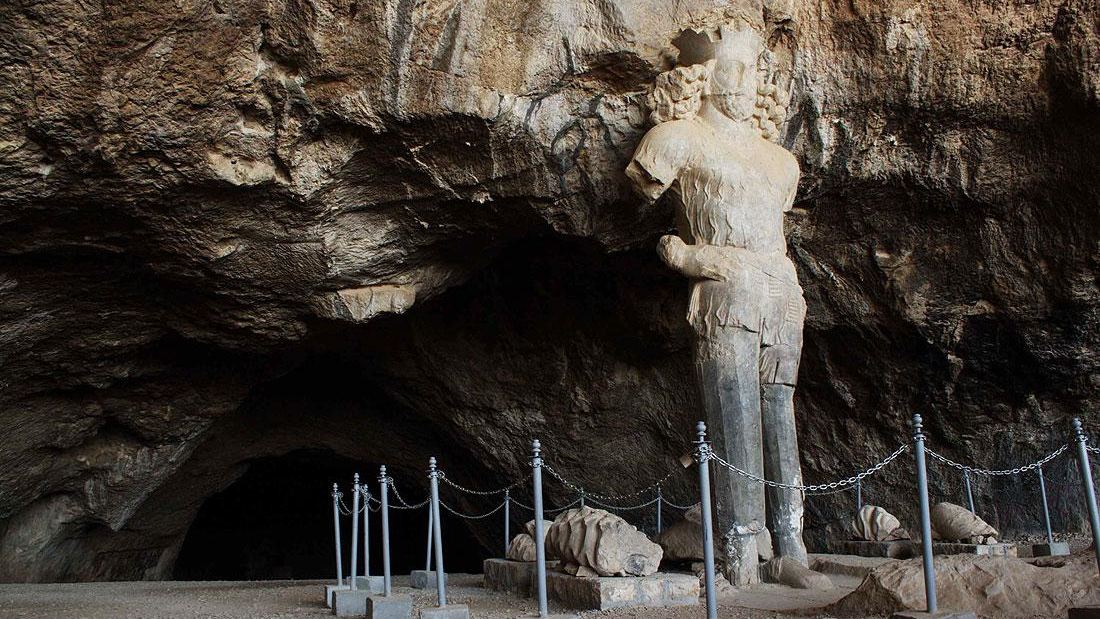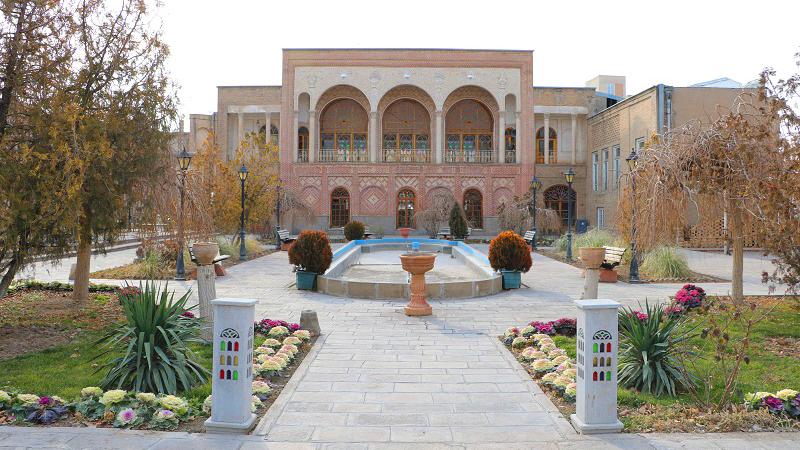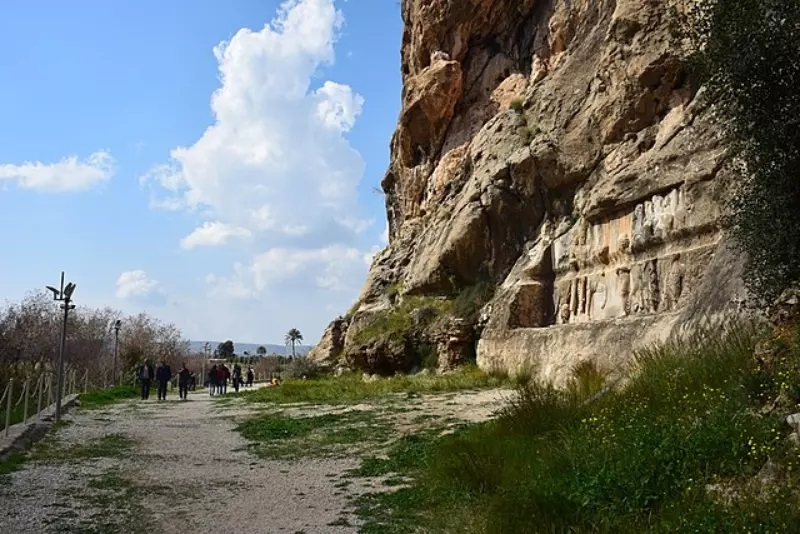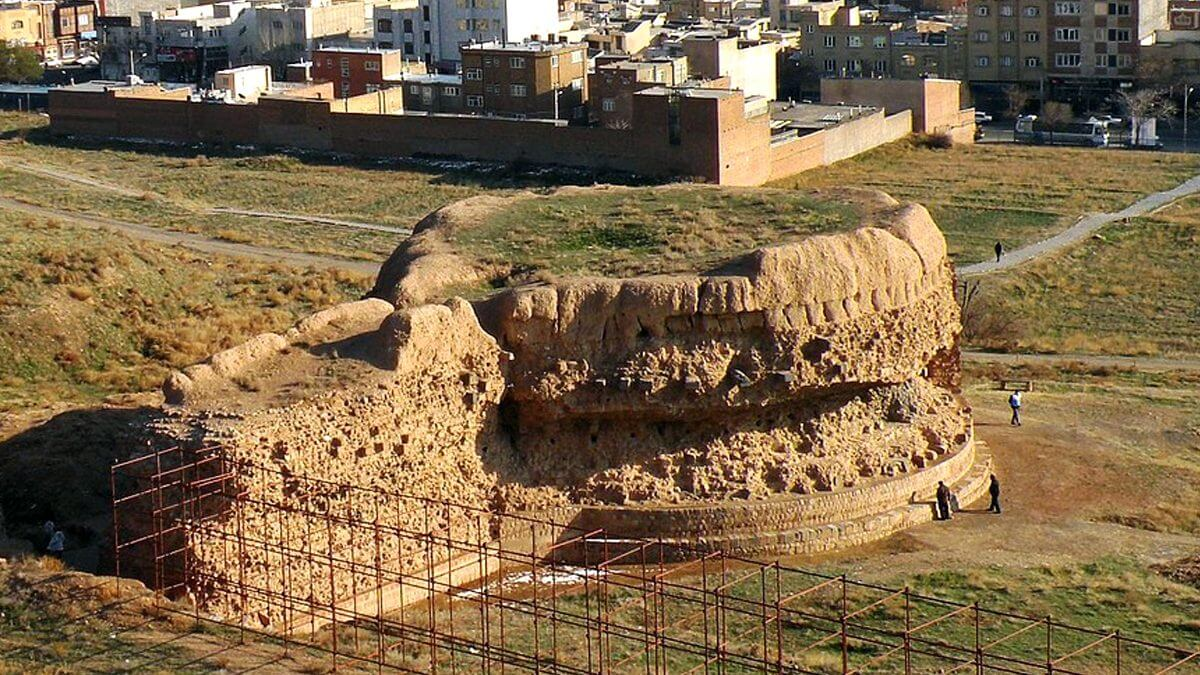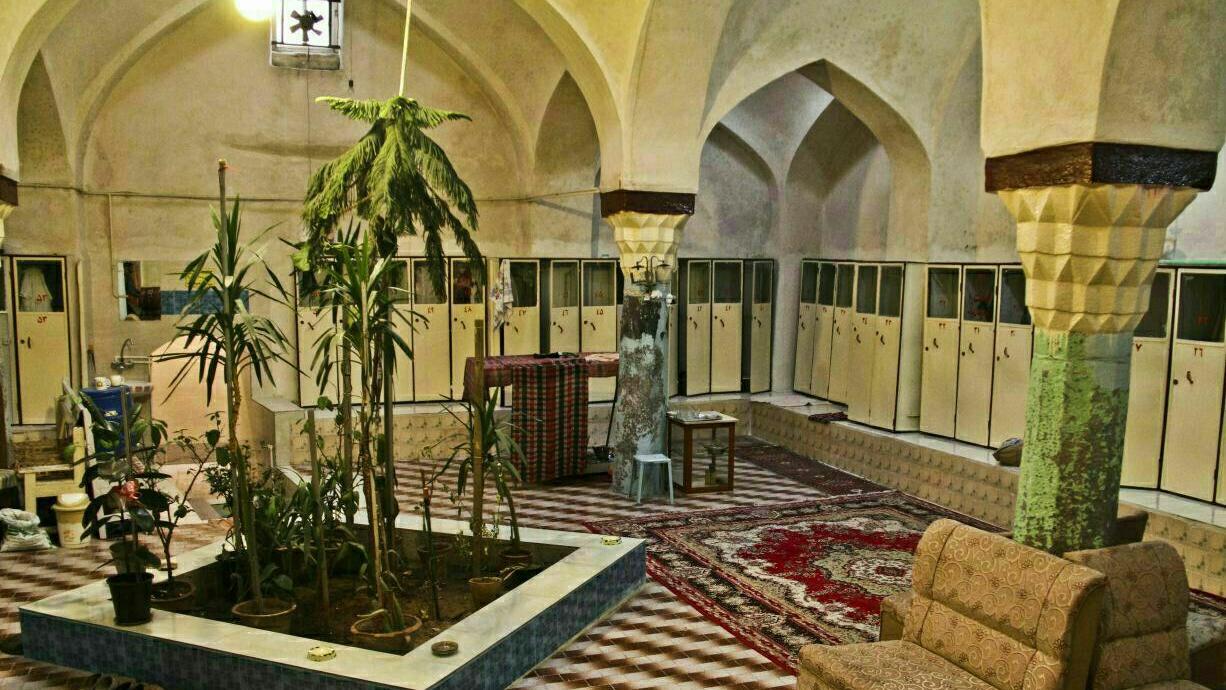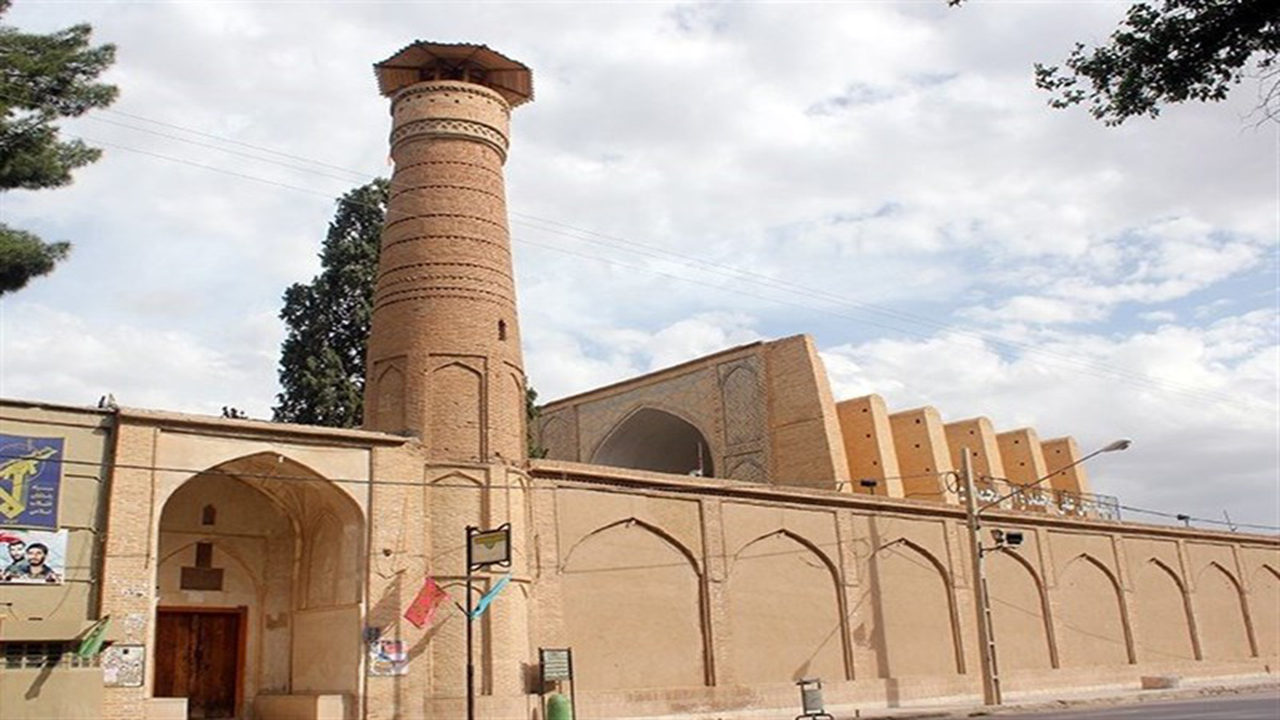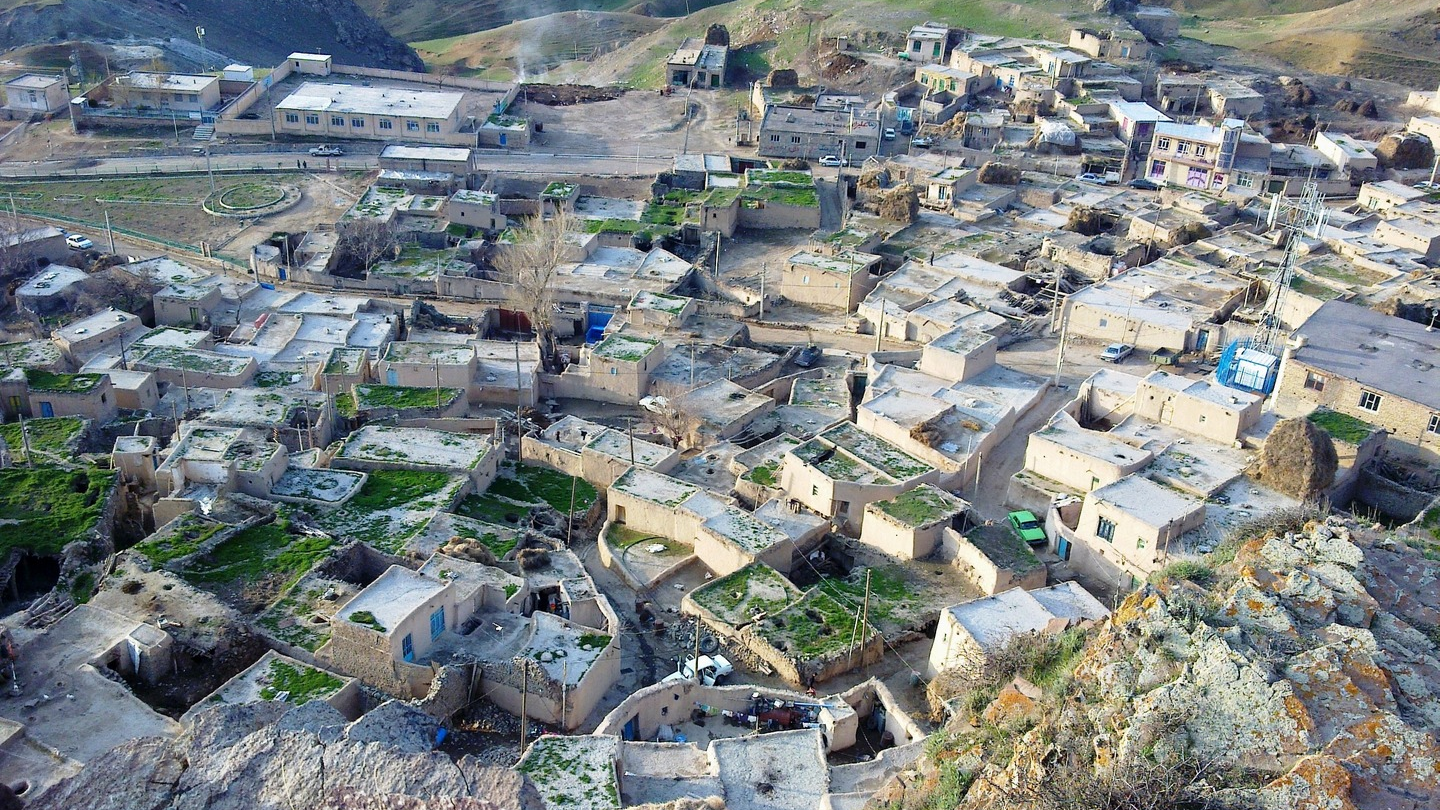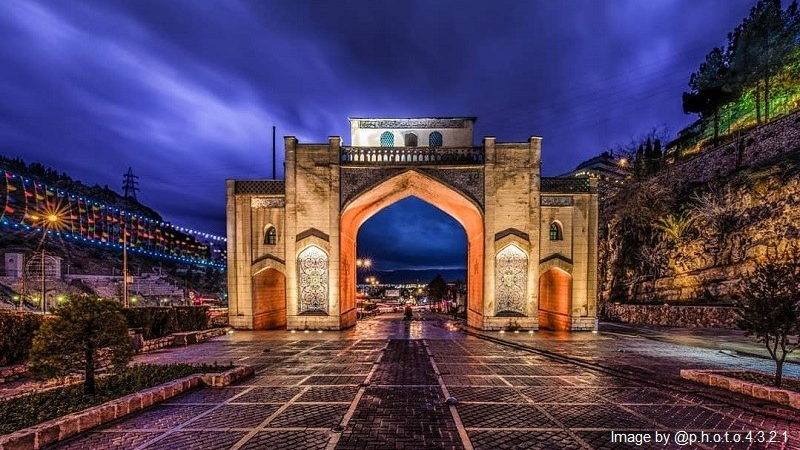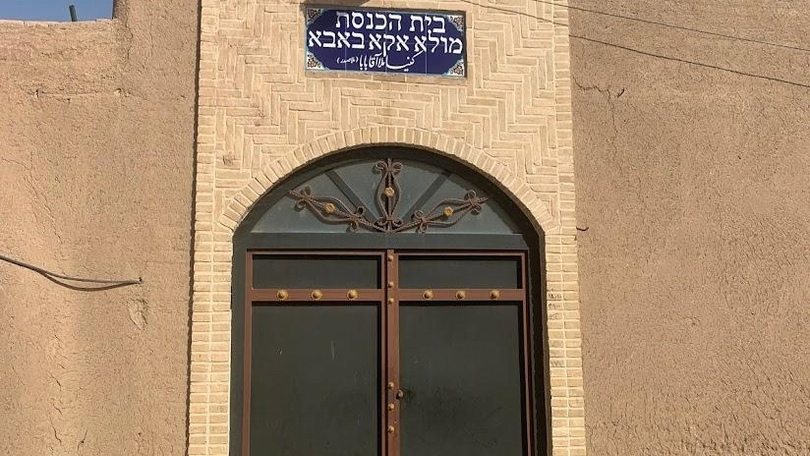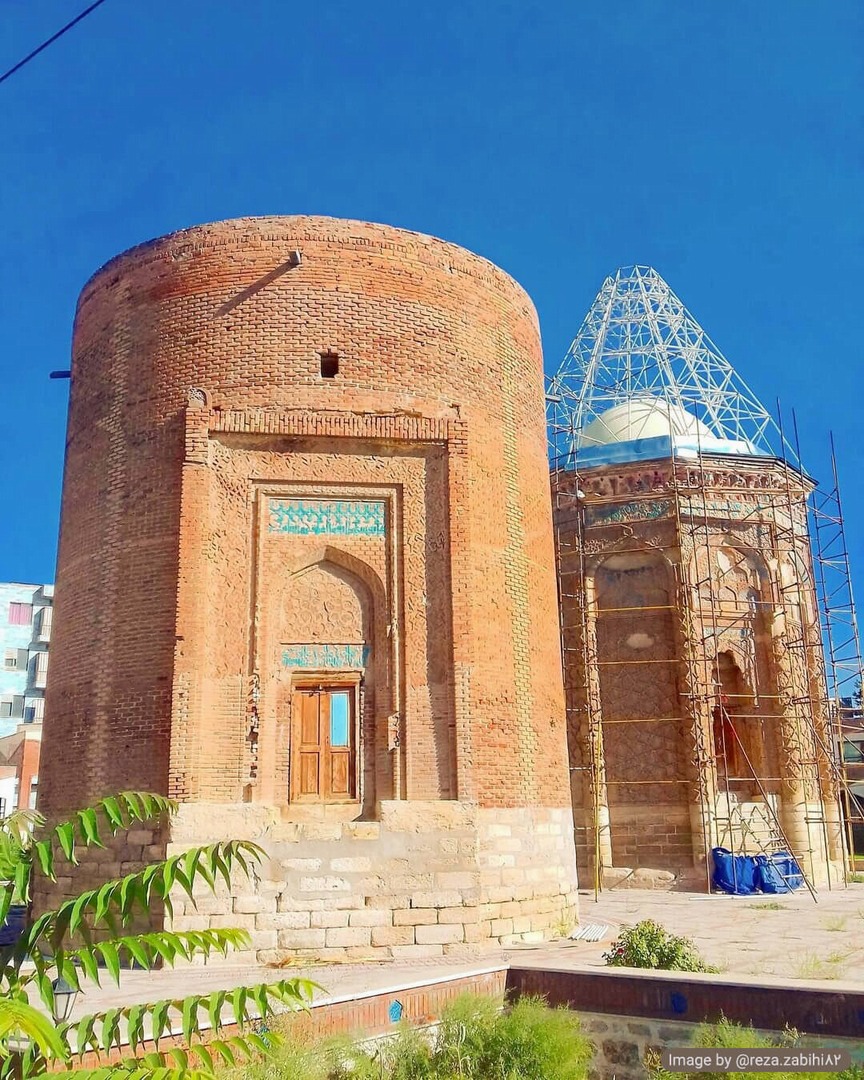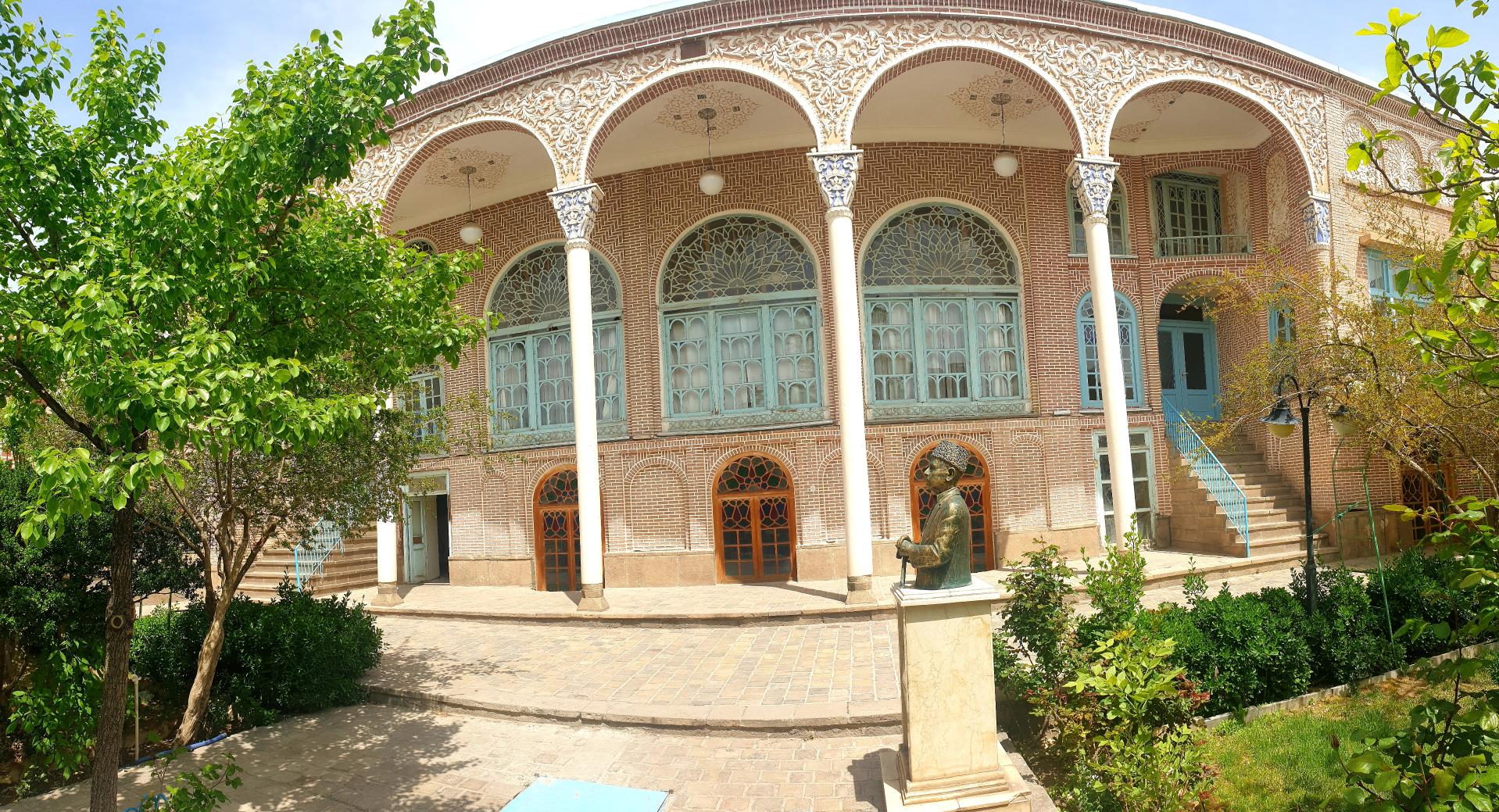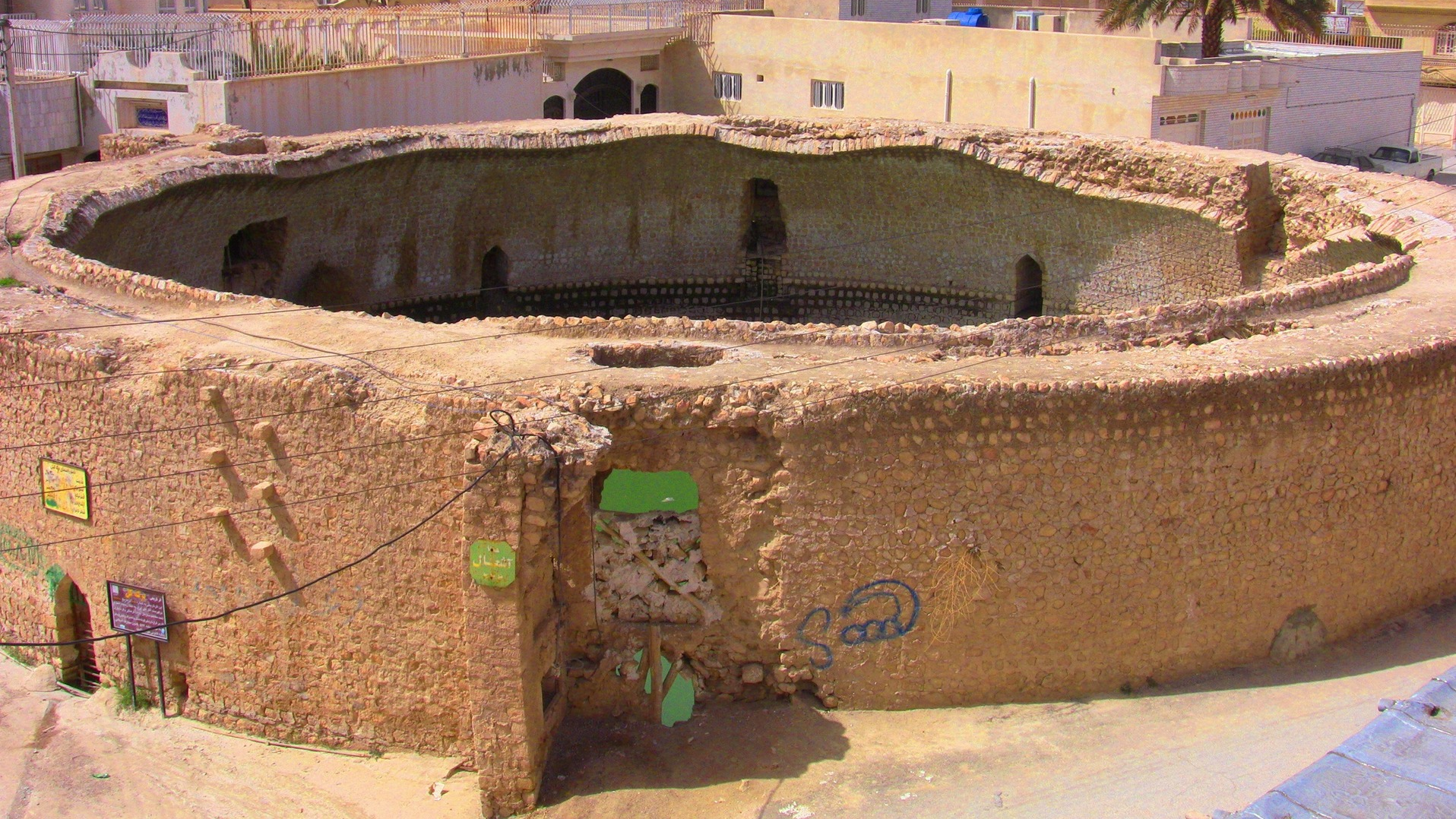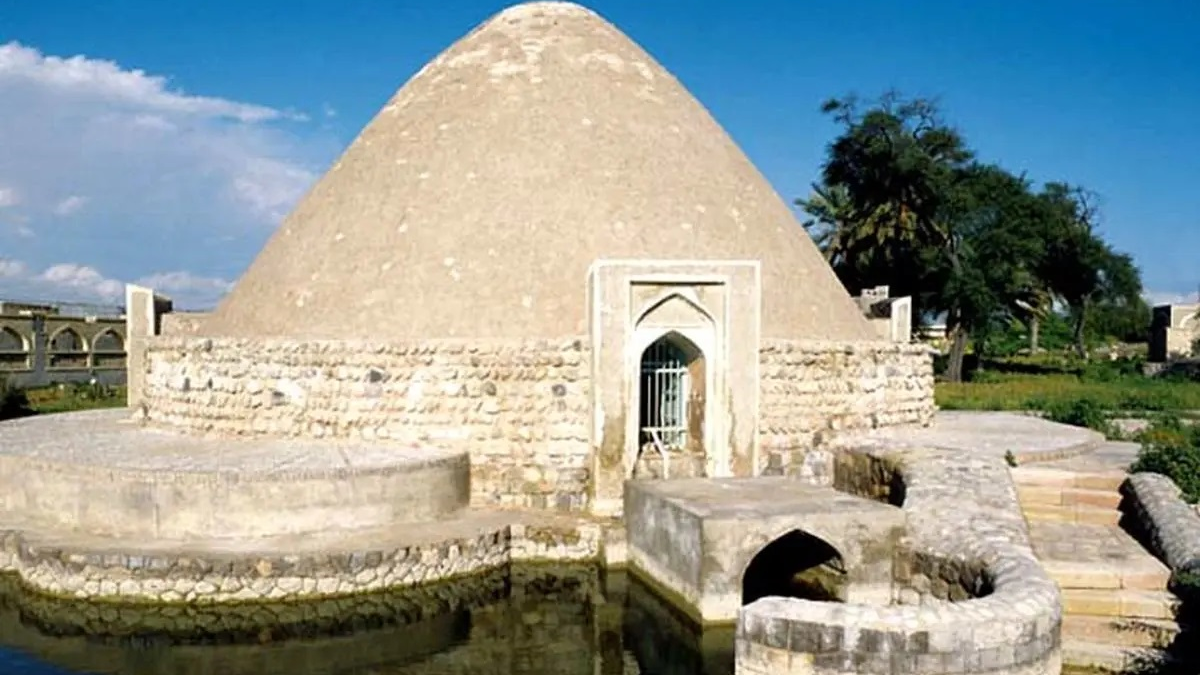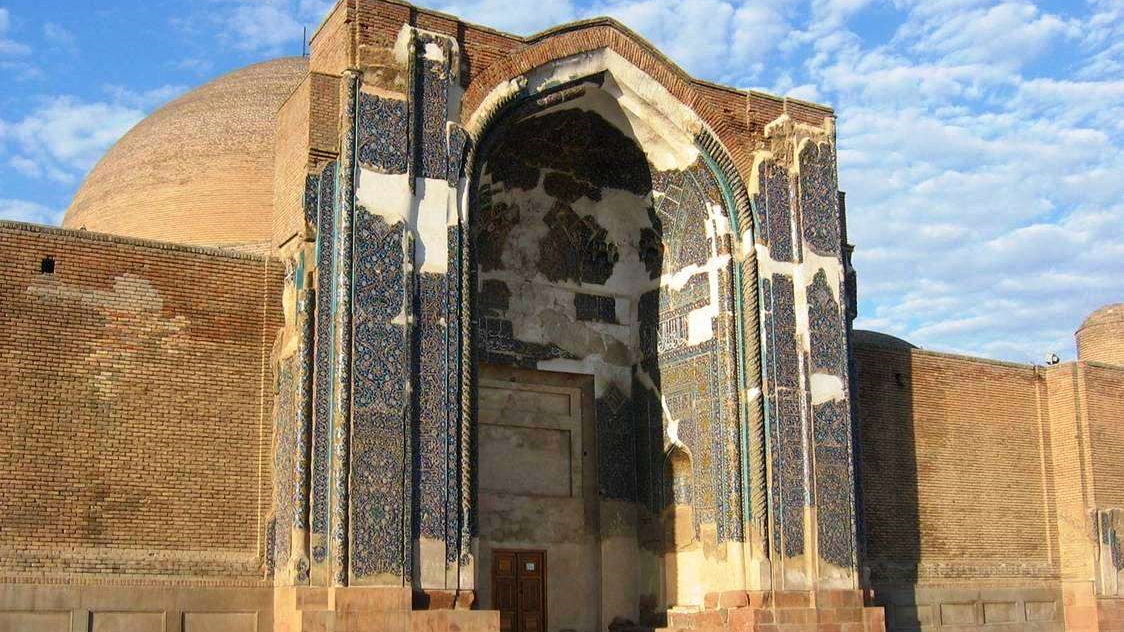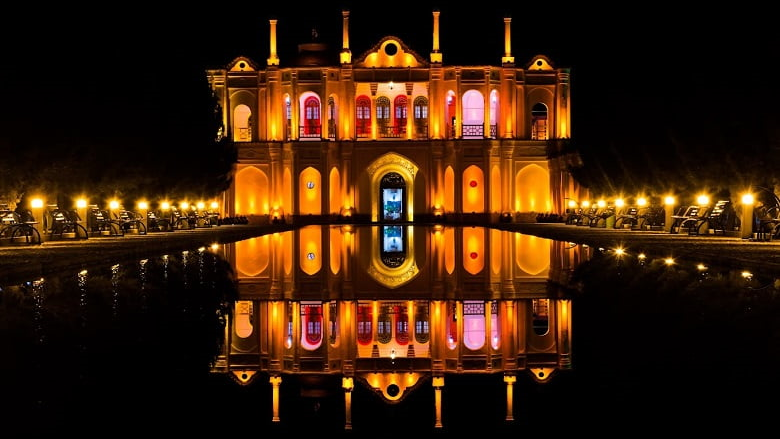
Hafezieh
Hafezieh, the unique mausoleum of the eighth century Iranian sonneteer, Hafez Shirazi, is one of the most popular tourist attractions among Iran and Fars province celebrities. At first, Shams al-Din Mohammad Yaghmaei, minister of Abul Qasem Gurkani (Fars ruler), built a dome over Hafez grave and a large pool in front of it that was filled by Rokn Abad water in 865 AH (1452 AD). The building was repaired and some parts were added to it in later periods.
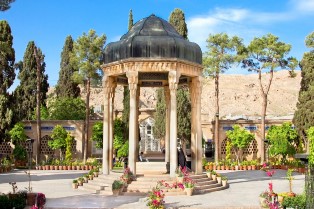
This monument dating back to the Mozaffarid period was built commissioned by Reza Pahlavi and Ali Asghar Hekmat with Andre Godard design, the famous French architect, in which four stone pillars is related to Zand period. They also added 16 columns, a large veranda with 22 columns with the length of 56 meters and painted decorations, plaster and tile work in 1316. This building has been constituted from two North and South courtyards separated from the hall. Also, there are beautiful garden and orangery and rectangular pools in the courtyard of the mausoleum
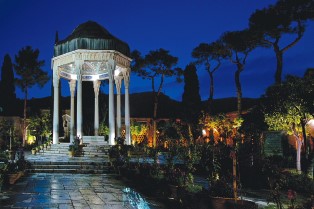
| Name | Hafezieh |
| Country | Iran |
| State | Fars |
| Type | Historical |
| Registration | National |
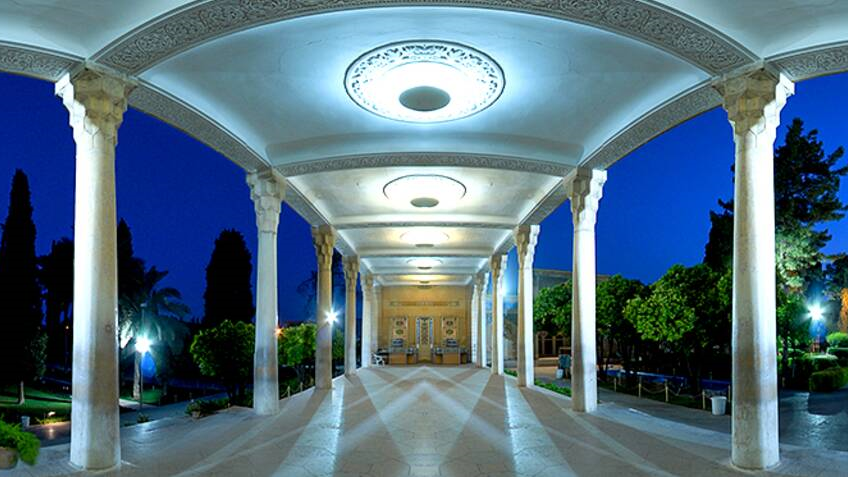


Hafezieh or Tomb of Hafez
Hafez was one of the greatest Persian-speaking poets who lived in the 14th century CE. He was born in Shiraz and died in the same city. The tomb of Hafez, which is also called “Hafezieh”, is one of the must-see places in Shiraz, and every year many lovers of the Persian language and culture visit it.
Who was Hafez?
Khwaja Shamsuddin Muhammad, known as Hafez Shirazi, lived at a time when the Mongols had attacked Iran and started brutal massacres. However, surprisingly, Shiraz did not get the attention of the Mongols and was spared from their brutality. However, life was very difficult for those who wanted to make their opinions known to the public, so Hafez turned to allegory and poetry to express his views and, thus, composed the most beautiful Persian poems.
He used the nickname of Hafez in his poems. The reason Hafez chose this nickname for himself was that he had memorized the Holy Qur’an in its entirety and had established a close relationship with it.
Hafez was the son of a rich merchant, but after his father’s death, Hafez and his family lived in poverty and, therefore, had to start working at a young age in a bakery. At the same time, he was also busy learning and memorizing the Holy Qur’an and literature and was able to acquire a unique skill.
A person by the name of Mohammad Gulandam was the first one to compile Hafez’s poems after his demise and publish them in the form of a book called “Divan Hafez”. Hafez’s mastery in composing poetry took his fame beyond the borders of Iran, to such an extent that he found many fans in India, and even Goethe, the German poet, was inspired by his poems.
Following his demise in 1398 CE Hafez was buried in a cemetery that was located in a place known as “Golghasht-e Moslla” and was also mentioned in Hafez’s poems.
The Architecture of Hafesieh
It was about 65 years after the demise of Hafez that a tomb was built for him. The tomb was built with a dome and a large pond was also constructed near it, which was filled with water from the Roknabad River. This building was renovated twice in the 17th and 18th centuries. But what is known today as Hafezieh was built during the Zand era. At the end of the 18th century, Karim Khan Zand built a mausoleum with eight columns and a copper roof on Hafez’s grave to pay tribute to him. There is a marble stone of 270 cm long, 80 cm wide, and 40 cm high on Hafez’s grave. The ceiling of Hafez’s mausoleum has also been beatified with charming and colorful decorations.
A few years after the construction of this mausoleum by Karim Khan, A French designer by the name of Andre Godard was commissioned in 1935 to propose a plan for the development of the garden surrounding Hafez’s mausoleum. The new design comprises a 56-meter-long and seven-meter-wide porch with 20 stone pillars of five meters high. The implementation of the new plan lasted for three years and was completed in 1938 CE.
A pleasant garden, an old mausoleum, and a wide porch make up the different parts of this mausoleum. Presently, the Association of Hafez’s fans has established an office near Hafezieh.
Hafezieh was inscribed on the list of Iran’s national heritage in the year 1975.
A person by the name of Mohammad Gulandam was the first one to compile Hafez’s poems after his demise and publish them in the form of a book called “Divan Hafez”.
| Name | Hafezieh or Tomb of Hafez |
| Country | Iran |
| State | Fars |
| City | Shiraz |
| Type | Historical |
| Registration | National |
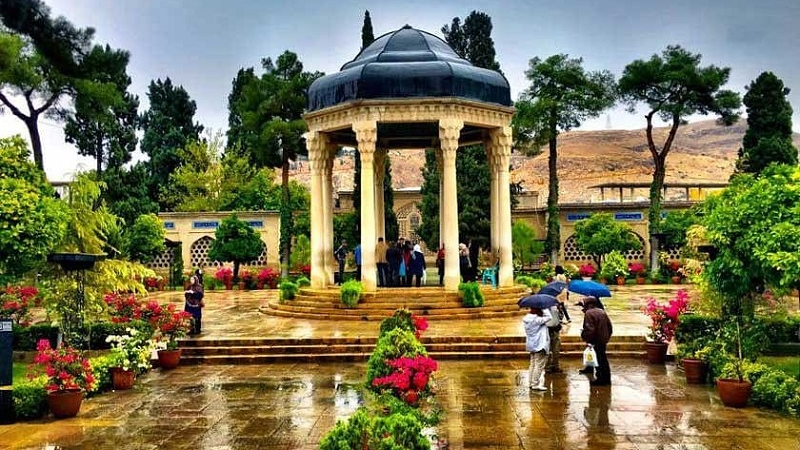
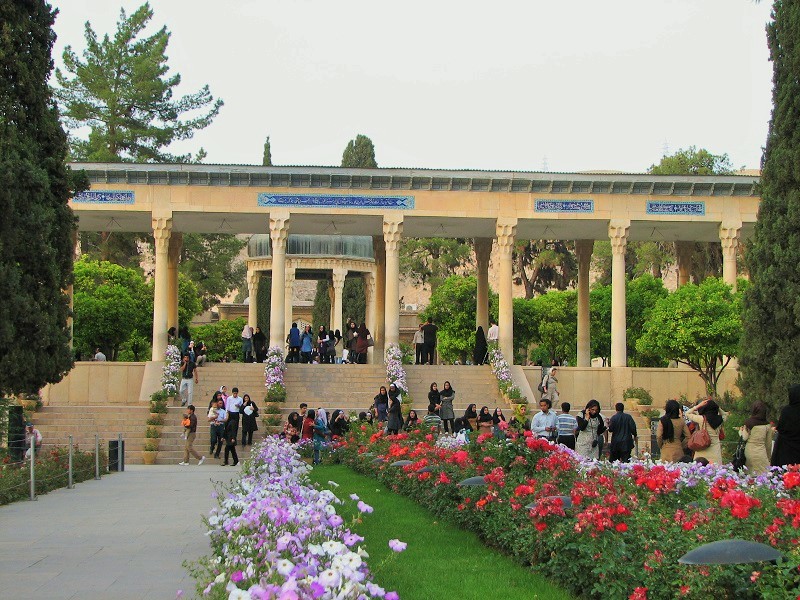
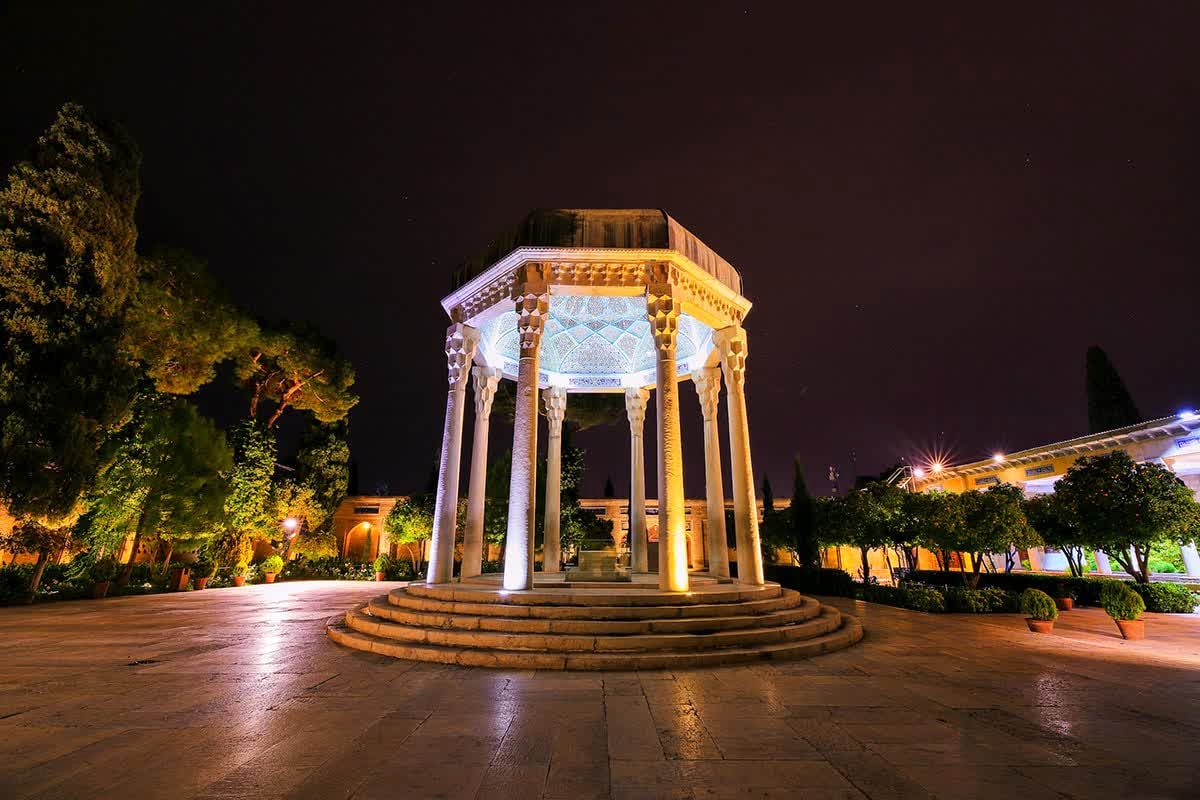
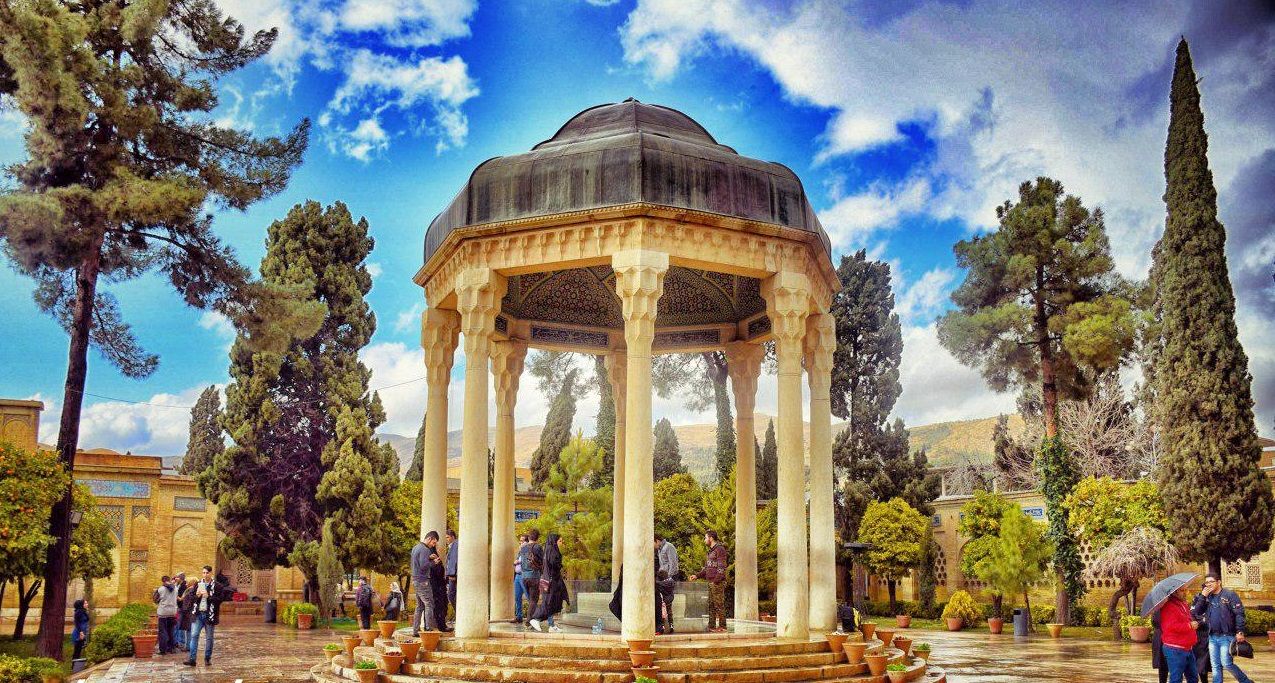
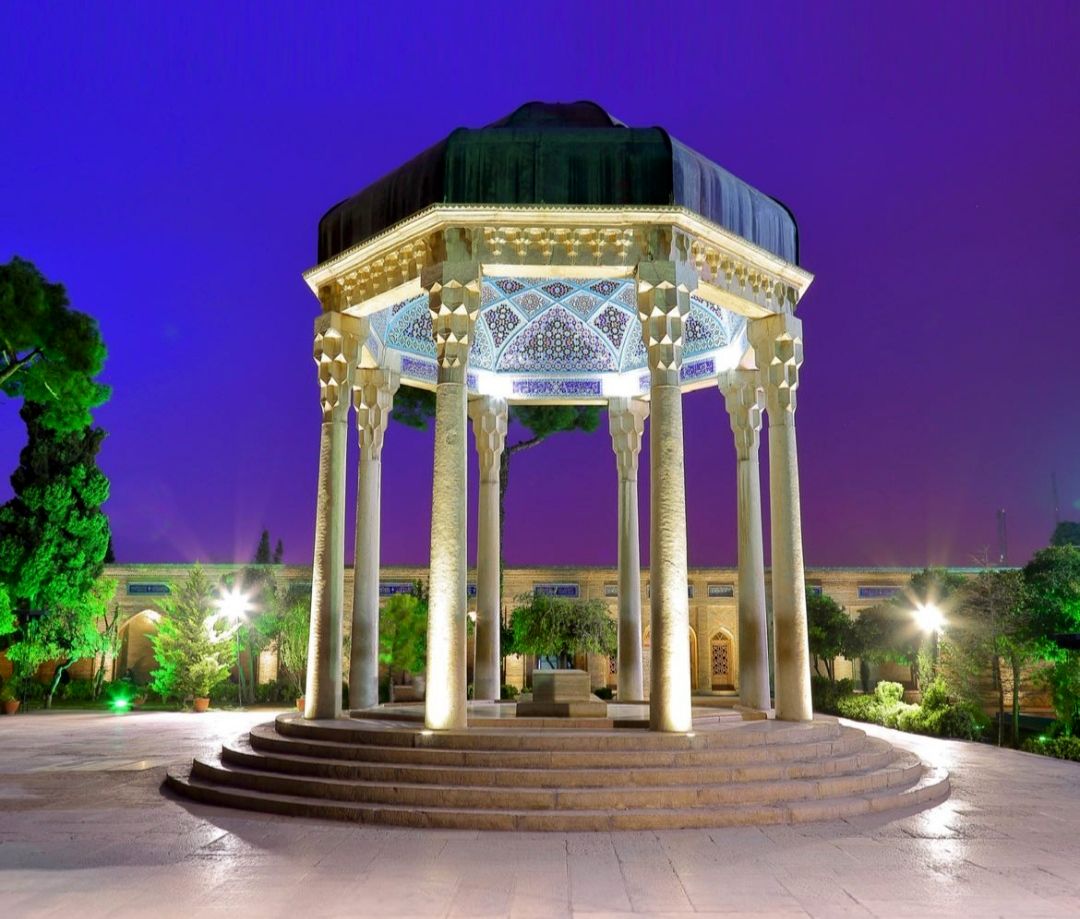
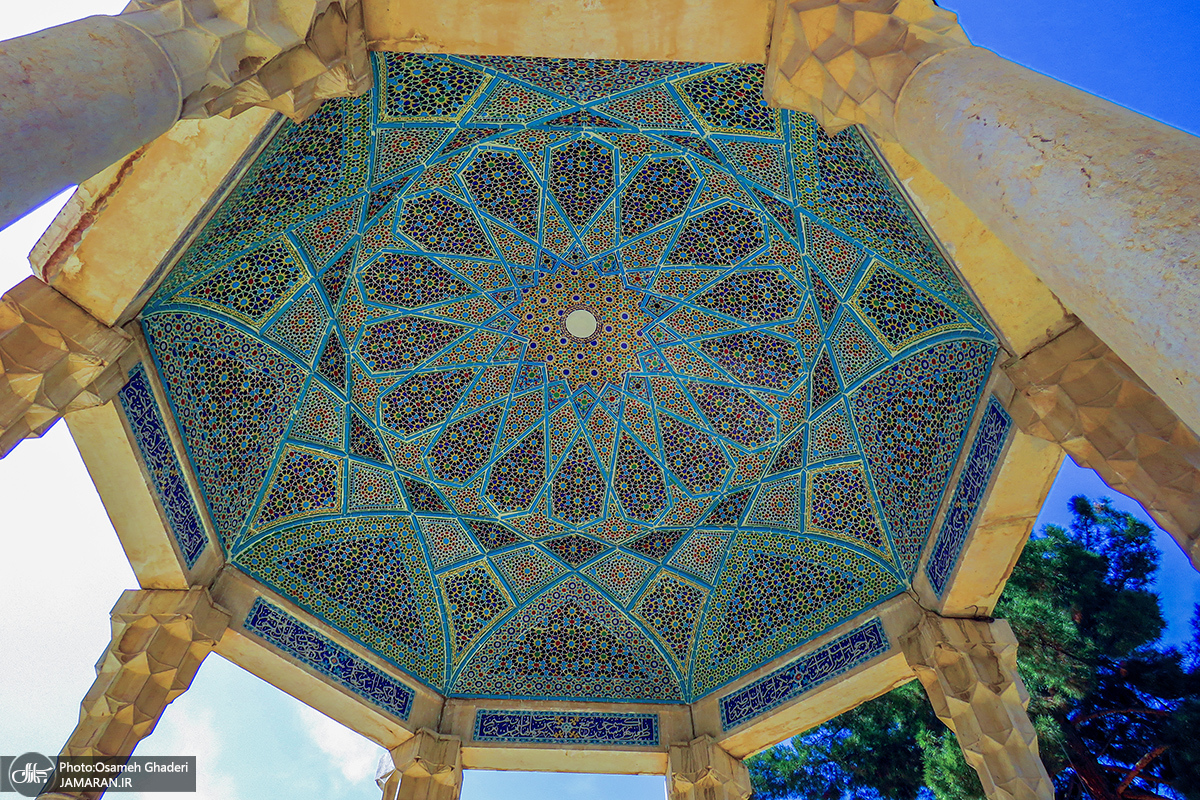






Choose blindless
Red blindless Green blindless Blue blindless Red hard to see Green hard to see Blue hard to see Monochrome Special MonochromeFont size change:
Change word spacing:
Change line height:
Change mouse type:
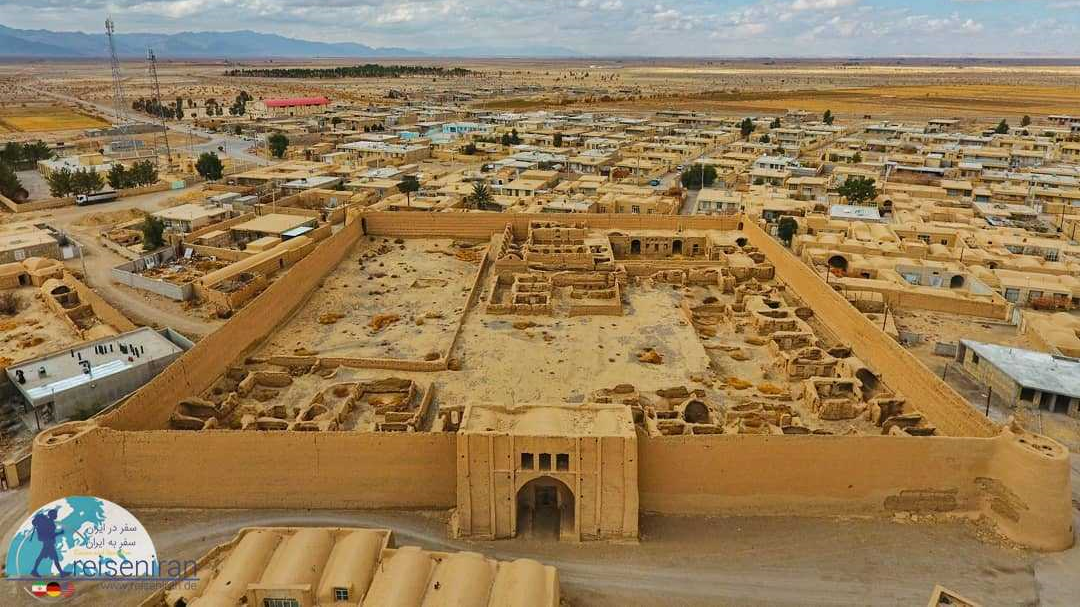
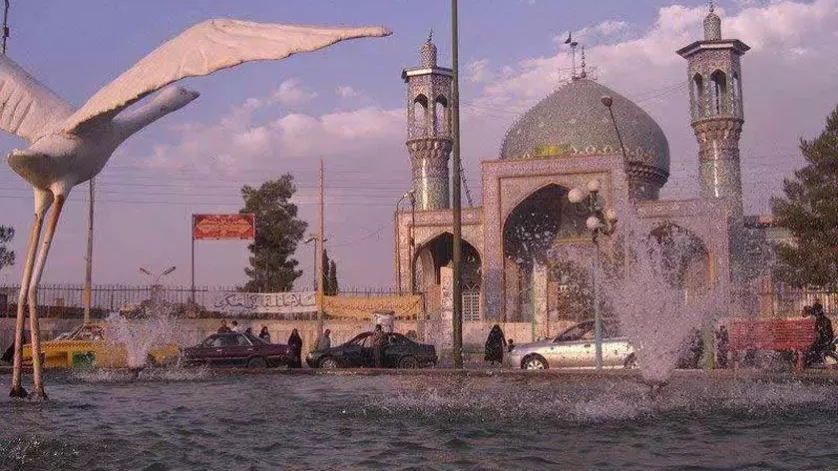
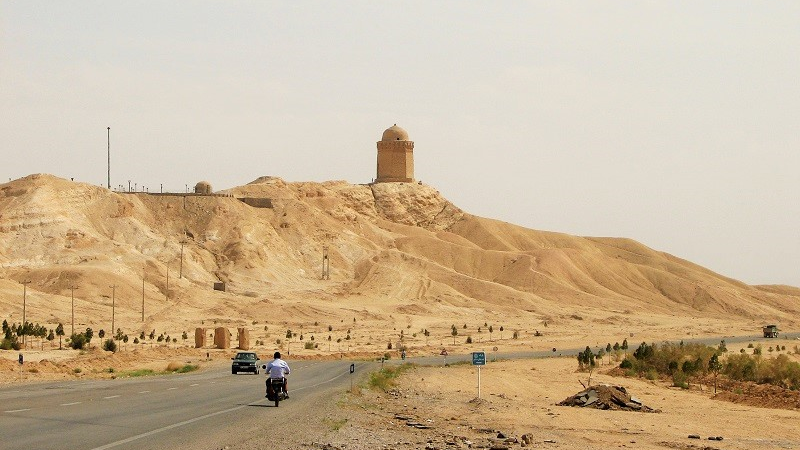
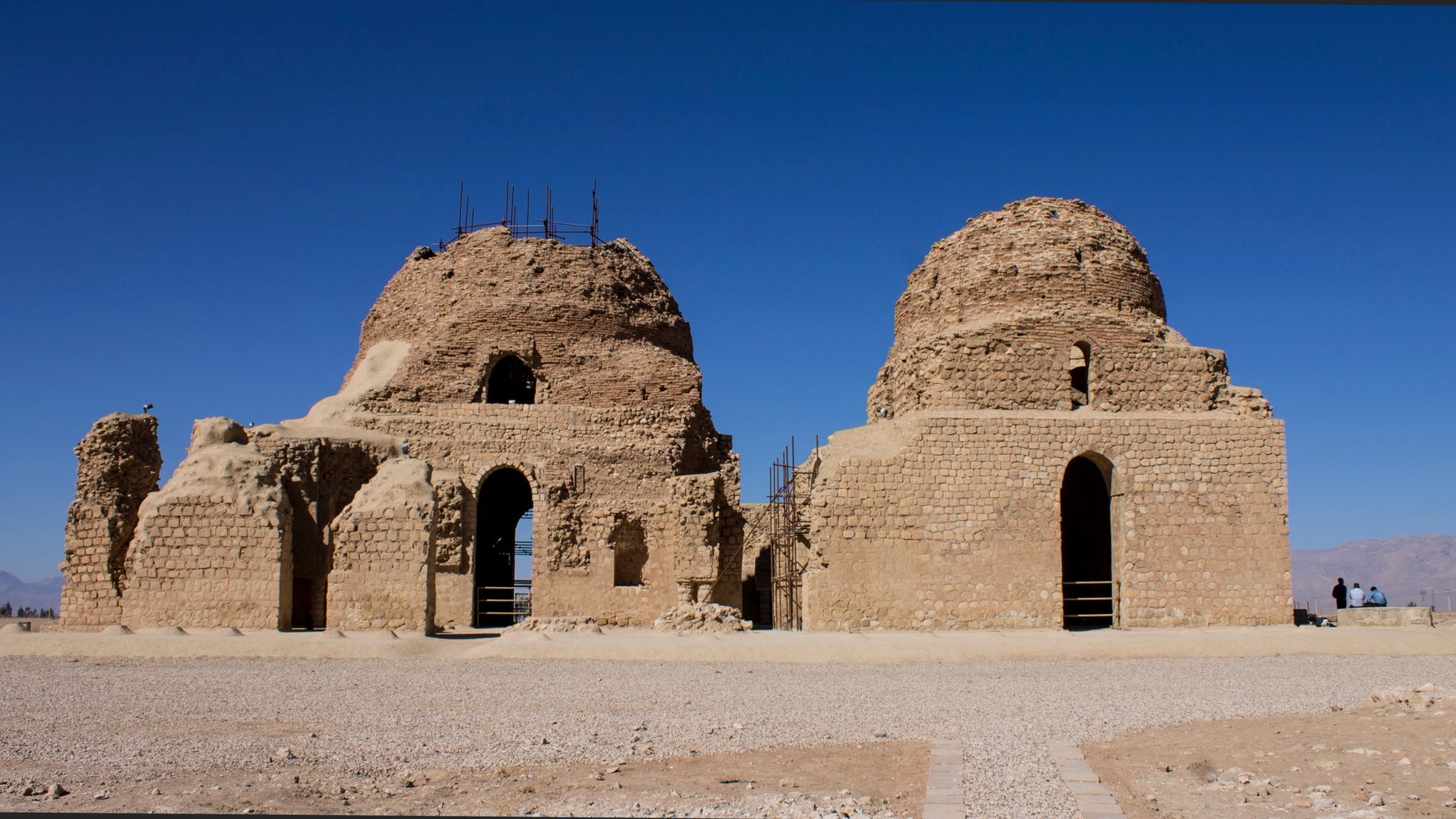
_crop_2.jpg)

